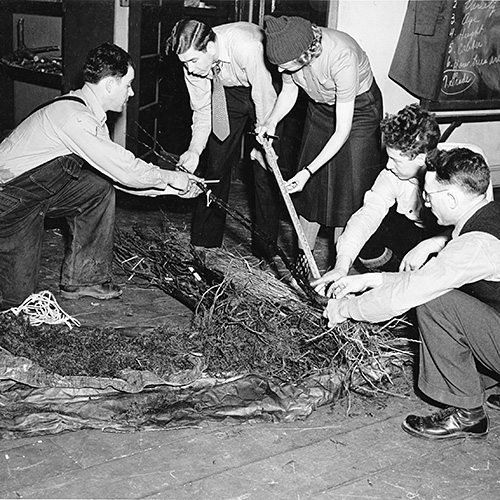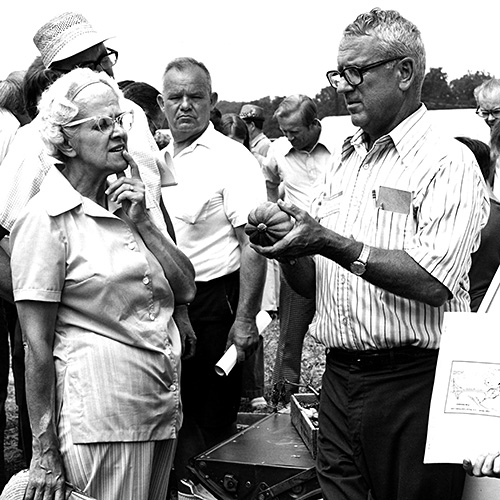
Rutgers, the State University of New Jersey, is the state’s largest institution of higher education and its only land-grant institution. Beyond the campus-based academics, there is a large component of Rutgers that is solely dedicated to serving the needs of New Jersey residents through research and outreach. Known as Rutgers New Jersey Agricultural Experiment Station (NJAES), with units of Cooperative Extension and Research, it has been addressing the needs of New Jersey residents, communities, and businesses since it was established in 1880.
NJAES and its mission—as did experiment stations across the U.S.—had their origins in and trace their expansion to three federal acts:
- Morrill Act of 1862 that established land-grant universities.
- Hatch Act of 1887 that established agricultural experiment stations.
- Smith-Lever Act of 1914 that established the cooperative extension service.
The Morrill Act of 1862 provided funding for states to establish colleges in sciences “for the benefit of agriculture and the mechanic arts.” Rutgers Professor of Chemistry George H. Cook successfully lobbied Congress for Rutgers to become New Jersey's land-grant college in 1864 and the Rutgers Scientific School (as it was then called) was established. As a result, a 100-acre farm on the outskirts of New Brunswick was purchased to serve as the school's experimental farm. That land is now the heart of the George H. Cook campus of the Rutgers School of Environmental and Biological Sciences. The state agricultural experiment station, established in 1880 to conduct research and development projects to support New Jersey agriculture, was further strengthened with the passage of the Hatch Act in 1887. With the Smith Lever Act in 1914, the establishment of Cooperative Extension placed Rutgers faculty in each of the counties of the Garden State.
The land-grant mission integrates campus-based academic programs with experiment station research that is disseminated to the public by the county cooperative extension agents and staff. In turn, extension agents communicate the needs of the residents to the extension specialists at Rutgers NJAES, continuing an unbroken line of research and outreach to meet the needs of New Jersey residents. Today, in order to serve the most urban state in the U.S., the experiment station in New Jersey supports more than the agricultural community. It has expanded its mission to include a wide range of issues like air quality, natural resources, fisheries, nutrition, urban gardens, land use planning, small business development, and youth at-risk programs. Rutgers NJAES' programs and outreach have remained relevant to the needs of the state and its residents.



